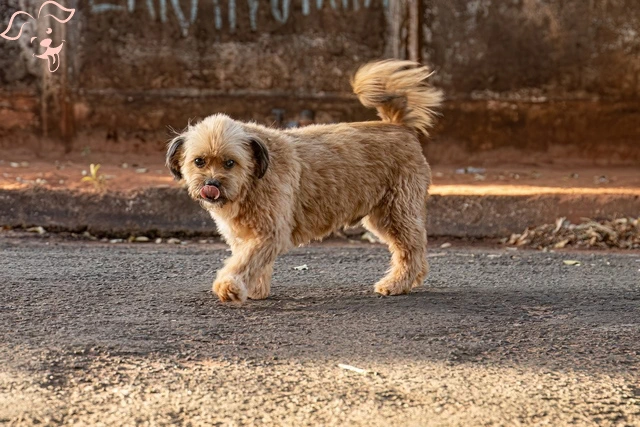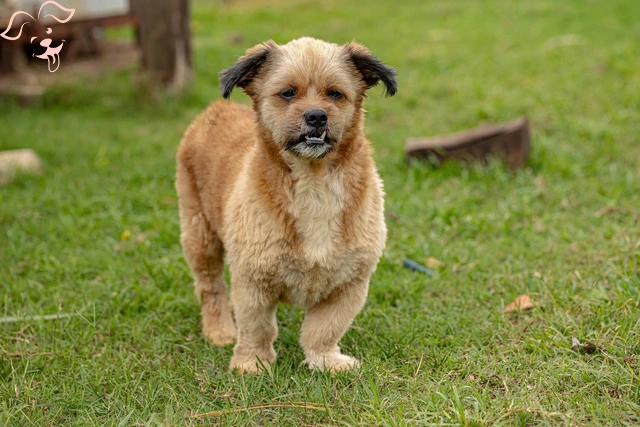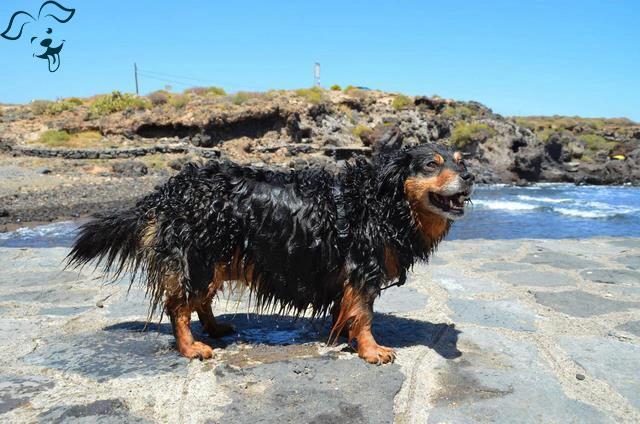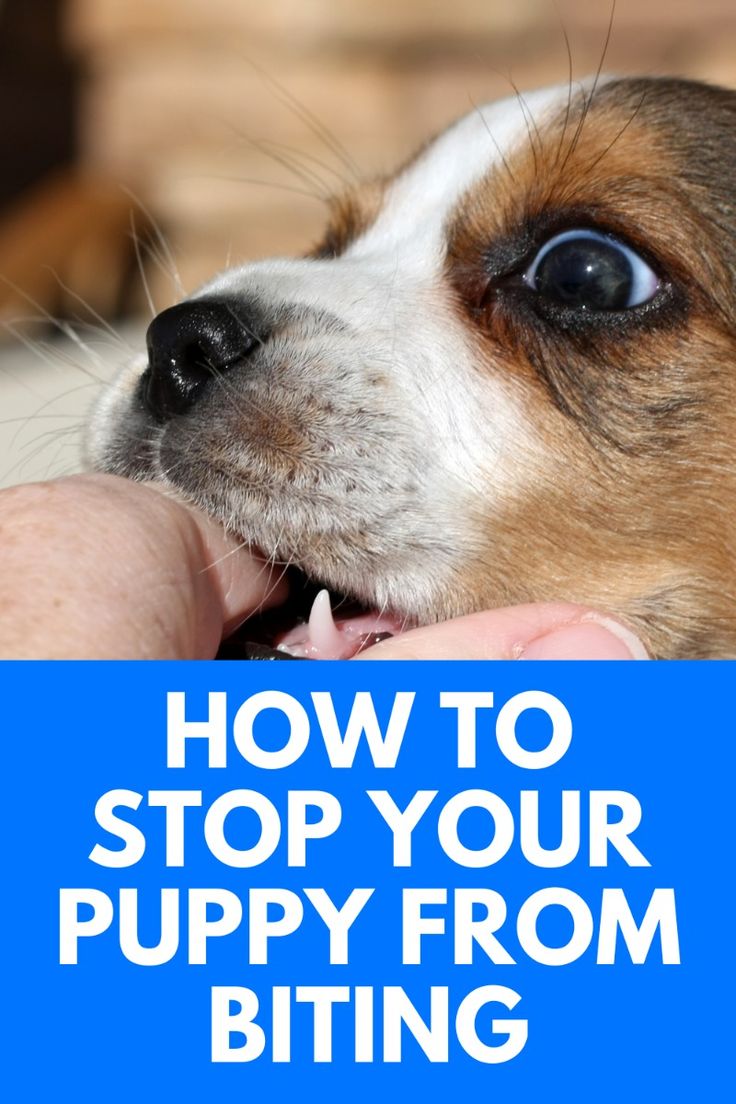CARING WITH FAMILY
|
| The level of affection a particular breed is inclined to display towards their family members or other familiar individuals. Certain breeds may seem distant and reserved around people other than their owner whereas other breeds exhibit a friendly disposition towards everyone they are acquainted with, treating them like cherished companions. |
LOVE WITH CHILDREN
Unwise
Good With Children
|
| The degree of tolerance and patience a breed exhibits in response to children's behavior and their overall compatibility with families. It is crucial to monitor dogs when they are around young children or those who have limited interaction with dogs regardless of the breed. |
BEHAVIOR WITH DOGS
Unwise
Good With Other Dogs
|
| The inherent friendliness a breed typically shows towards other dogs both in domestic settings and public environments. While it is essential to supervise all dog interactions and introductions, certain breeds tend to have a higher inclination to get along well with other dogs, promoting harmonious relationships in various situations. |
SHEDDING LEVELS & MANAGEMENT
No Shedding
Hair Everywhere
|
| The amount of fur and hair a breed typically sheds, which affects the grooming needs and potential impact on allergies. Breeds that shed heavily may require more frequent brushing to manage loose hair and may potentially trigger allergies more frequently. Additionally, households with high-shedding breeds may need to engage in regular vacuuming and lint-rolling to maintain cleanliness. |
COAT GROOMING STANDARDS
|
| The grooming requirements of a breed include the frequency of bathing, brushing, trimming and other coat maintenance tasks. It is important to consider your available time, patience and budget for such care when assessing the grooming needs of a breed. Keep in mind that all breeds require regular nail trimming as part of their grooming routine |
DROOLING INTENSITY
Less Likely to Drool
Always Have a Towel
|
| The tendency of a breed to drool which can be a consideration for individuals who prefer cleanliness. Some breeds may produce excessive drool, leaving noticeable slobber on surfaces such as arms or causing large wet spots on clothing. If you prioritize a neat environment it may be wise to avoid breeds that are prone to heavy drooling. |
COAT STYLES GUIDE |
| Wiry |
| COAT SPECTRUM |
| Medium |
FRIENDLINESS
Reserved
Everyone Is My Best Friend
|
| The inherent attitude a breed typically exhibits towards strangers. Certain breeds may display reserved or cautious behavior around unfamiliar individuals regardless of the setting while others are generally more welcoming and eager to meet new people whenever the opportunity arises. |
LIVELINESS
Only When You Want To Play
Non-Stop
|
| The level of enthusiasm a breed typically maintains for play, even beyond puppyhood. Some breeds exhibit a lasting desire to engage in interactive activities such as tug-of-war or fetch well into their adulthood. They enjoy being active and participating in games with their owners. On the other hand certain breeds are more content to relax on the couch and may not have the same level of enthusiasm for play. |
VIGILANCE INTENSITY
What's Mine Is Yours
Vigilant
|
| The likelihood of a breed to alert its owner about the presence of strangers. Some breeds are more inclined to react to potential threats such as the arrival of the mailman or the sight of a squirrel outside the window. These breeds are often vigilant and may notify their owners of any perceived intruders. However, they can also warm up to strangers who are welcomed by their family and accepted as part of the household. |
ADAPTATION CAPACITY
Lives For Routine
Highly Adaptable
|
| The adaptability of a breed to handle changes in various aspects of life including living conditions, noise levels, weather daily schedules, and other routine variations. Some breeds are more flexible and can adjust comfortably to new environments or changes in their daily routines without much difficulty. They tend to handle different situations with ease. However, other breeds may be more sensitive or resistant to change, requiring a stable and predictable environment to thrive. |
OBEDIENCE LEVEL
Self-Willed
Eager to Please
|
| The trainability and willingness of a breed to learn new things. Some breeds are generally more receptive to training and have a strong desire to please their owners making them easier to train. They are motivated by making their owners proud and are eager to learn new skills. However, other breeds may exhibit a more independent or stubborn nature preferring to follow their own desires rather than adhering to training commands. They may require patient and consistent training methods to achieve desired results. |
STAMINA LEVEL
|
| The level of exercise and mental stimulation a breed typically requires. High-energy breeds often have a strong drive for physical activities and are always ready for the next adventure. They thrive when they have opportunities to run, jump and play, requiring regular exercise to expend their energy. On the other hand low-energy breeds tend to be more laid-back and content with a relaxed lifestyle. They are generally satisfied with moderate exercise and enjoy spending time relaxing and snoozing. |
VOCALIZATION
|
| Frequent |
LEARNING CURIOSITY LEVEL
Happy to Lounge
Needs a Job or Activity
|
| The level of mental stimulation a breed typically requires maintaining a happy and healthy state. Purpose-bred dogs, bred for specific tasks or jobs often need regular mental engagement that involves decision-making, problem-solving, concentration and other cognitive exercises. Without sufficient mental stimulation these dogs may become bored and seek out their own activities to keep their minds occupied which may result in behaviors that the owner might not appreciate. Providing adequate mental stimulation for these breeds is essential to keep them mentally sharp content and well-behaved. |
| COLORS | .. |
| PATTERNS | .. |






























FRIENDLINESS
LIVELINESS
VIGILANCE INTENSITY
ADAPTATION CAPACITY